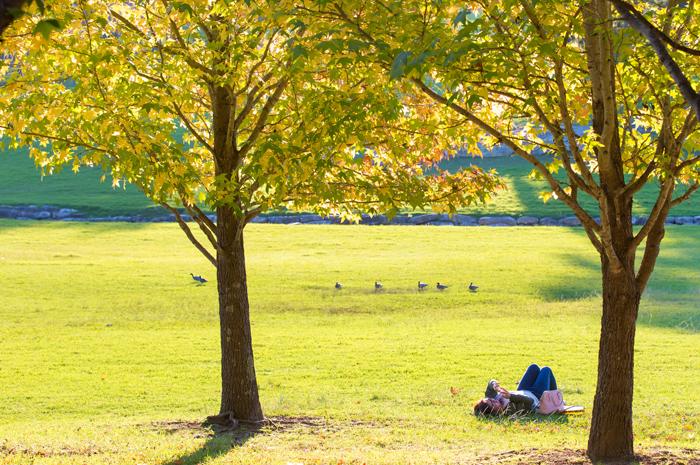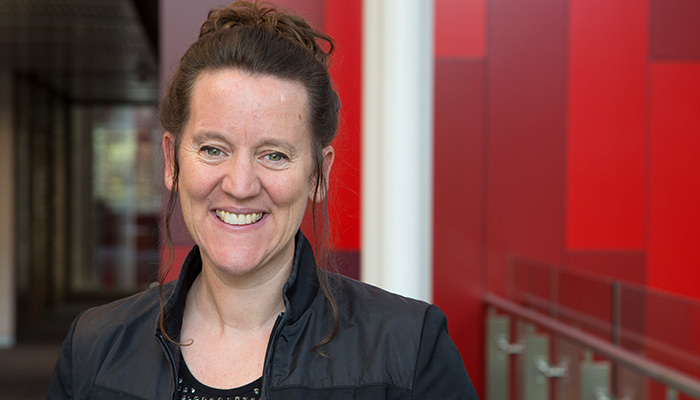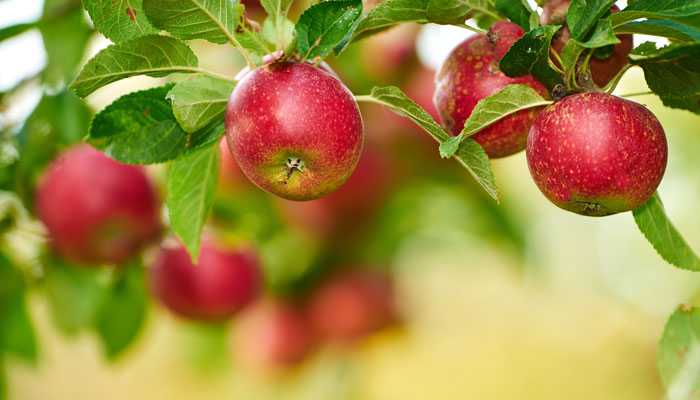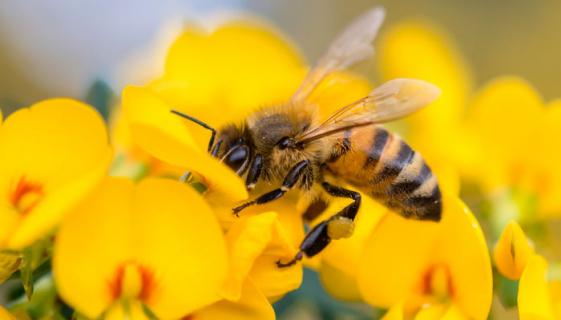
In Australia, Macquarie University’s Professor Michelle Leishman is one of the nation’s leading researchers working at the intersection of urban greening and climate change.
Through the $10 million Green Cities Project, Leishman and her team are identifying climate change-resilient urban plants that will maintain the liveability of our cities into the future. While Leishman is focused on the plants of the future, colleagues at the Australian Research Institute for Environment and Sustainability (ARIES) are using urban greening to improve the resilience of native fauna.
Urban wildlife
With 90 per cent of Australians living in regional centres and cities, a focus on urban greening to improve human habitat seems obvious, but ARIES executive director Jessica North says our native wildlife is equally suffering the effects of urbanisation.
“Just over half of Australia’s threatened species occur within the urban fringe. And that makes sense because they are threatened because of residential development,” North says.
With urbanisation at the heart of their dilemmas, it is no surprise they have found commonality in a solution that lies with more vegetation. For North, it is about using people power to create wildlife corridors.
More vegetation
“If we can get people in that urban fringe putting in more native plants, then those threatened species can survive.”
Meanwhile, Leishman is investigating green ways to mitigate climate change and the evidence to drive policy change. “It’s about being clever with what we do with our urban spaces and finding opportunities in places that people didn’t really think about before [for plants] like rooftops and green walls, as well as maximising the benefits that come from street planting and parks and gardens and other common spaces,” Leishman says.
It is a sentiment supported by Macquarie alumnus Antony Fabbro, who now oversees Ku-ring-gai Council’s open-space acquisition program. Fabbro says green spaces are critical in the medium-density development occurring in the northern Sydney council area.
“Providing good-sized parks that are accessible and safe with high-quality landscaping, playgrounds and meeting places are essential elements in promoting a sense of local community and improving our health,” he says.
Centre for Green Cities
The University’s new Centre for Green Cities Director, Leishman agrees greening has wellbeing benefits – but it is the effect it has on temperature moderation, water recycling and pollution reduction that excites her. The urban heat island effect is a case in point. It has been long understood cities create their own heat – the US Environmental Protection Agency estimates the annual air temperature of a city with one million people is one to three degrees celsius warmer than its surroundings.
Trees and vegetation can mitigate this, says Leishman, by shading building surfaces, deflecting radiation from the sun and releasing moisture into the atmosphere. And while more shaded areas will reduce greenhouse gas emissions and make waiting for a bus more pleasant, it can also be the difference between life and death.
More vegetation, less mortality
A study by the Global Cool Cities Network showed a 10 per cent increase in vegetative cover led to an average seven per cent drop in mortality during heat events. Similarly, increased vegetation in cities can improve water recycling and reduce the amount of pollutants flowing into our waterways.
“In the city you have a lot of impermeable surfaces, and water captured through stormwater systems drains into harbours and creeks. Green space helps capture more water, reduces pollutants entering the harbour and increases our sustainability via reduced water use,” says Leishman.
With climate projections showing steep temperature rises and more extreme weather events, planting more trees and plants is no longer enough.
“There are a whole lot of plantings by councils of chosen species that are suitable for the current conditions,” says Leishman.
“But if we are talking about gum trees, they are going to live for 50 to 100 years, so we have to have some consideration about the conditions they will face.” This is the challenge Leishman is addressing.
Right space, right plant
Her five-year project – co-funded through Horticulture Innovation Australia’s Green Cities Fund – will deliver new research on plant water efficiency and heat stress, and case-study demonstration sites along with a national online database that will allow the public and local government to find the right plant species for the right green space under current and future climates.
“We must be strategic in what we plant and where we plant,” she says.
“The impact of future climate change is taken into consideration, but it is important to get plants that will work well now. When people understand how they can personally make a difference, their attitudes change.
"Once people notice the wildlife in their gardens, they begin to care more about it. We are right at the beginning of that and hopefully will see the impact in 10-20 years’ time.”



